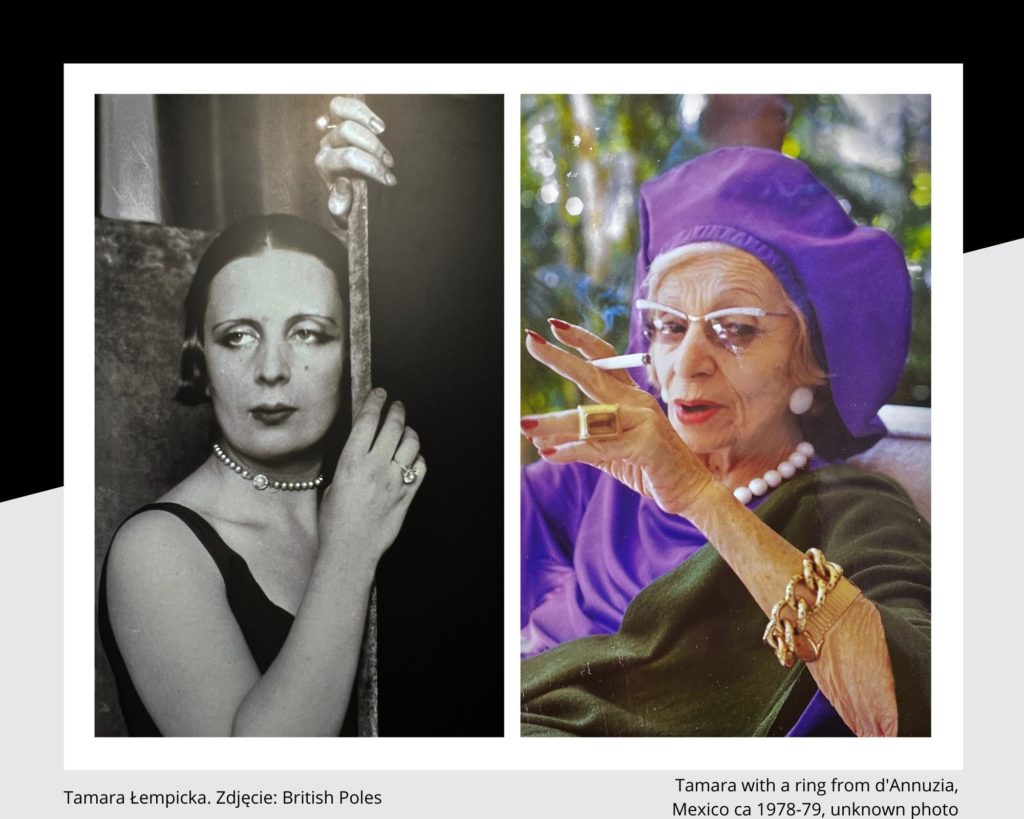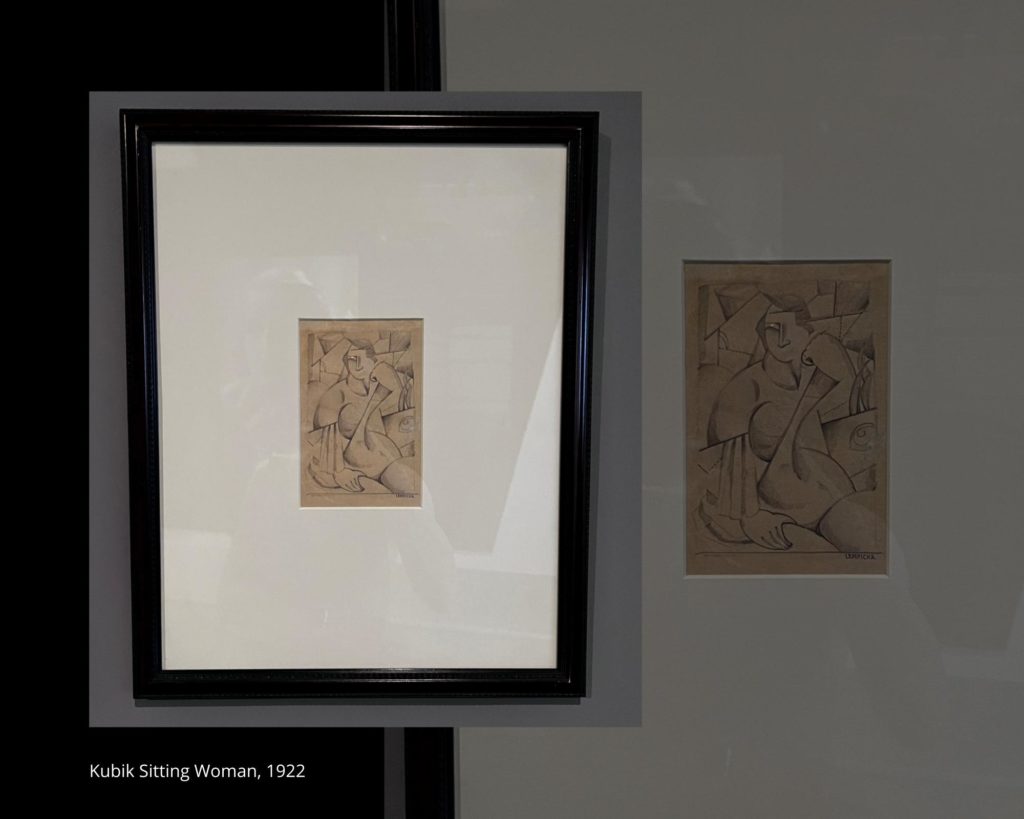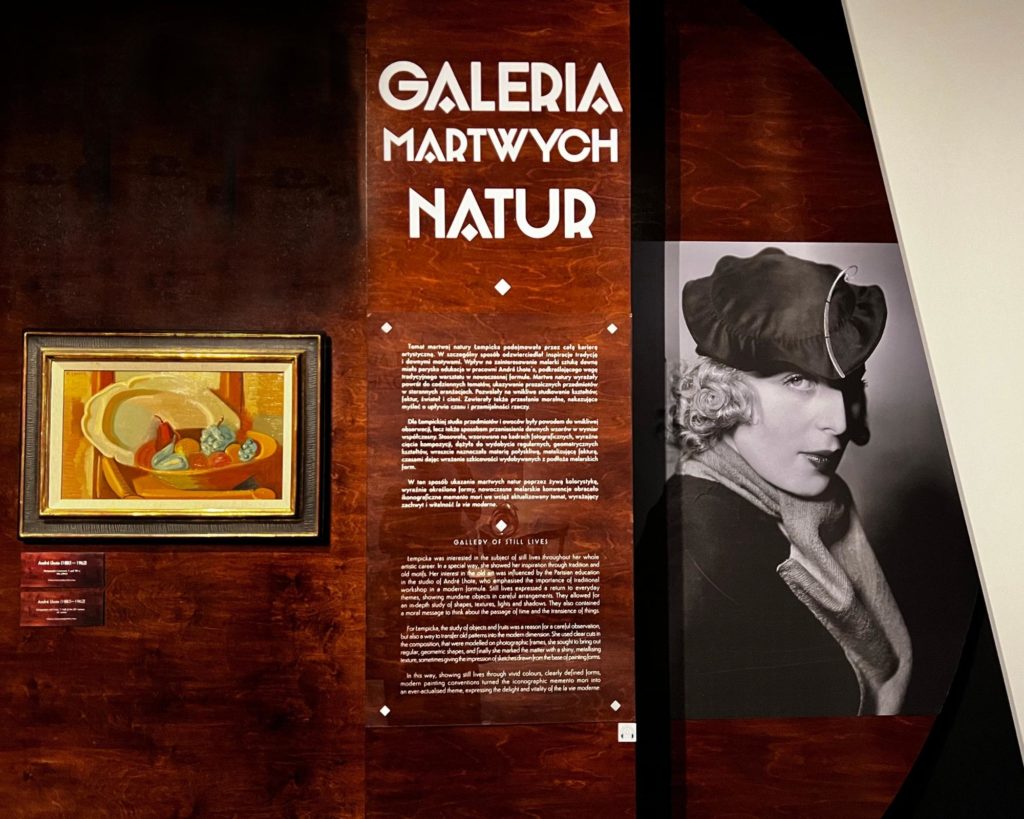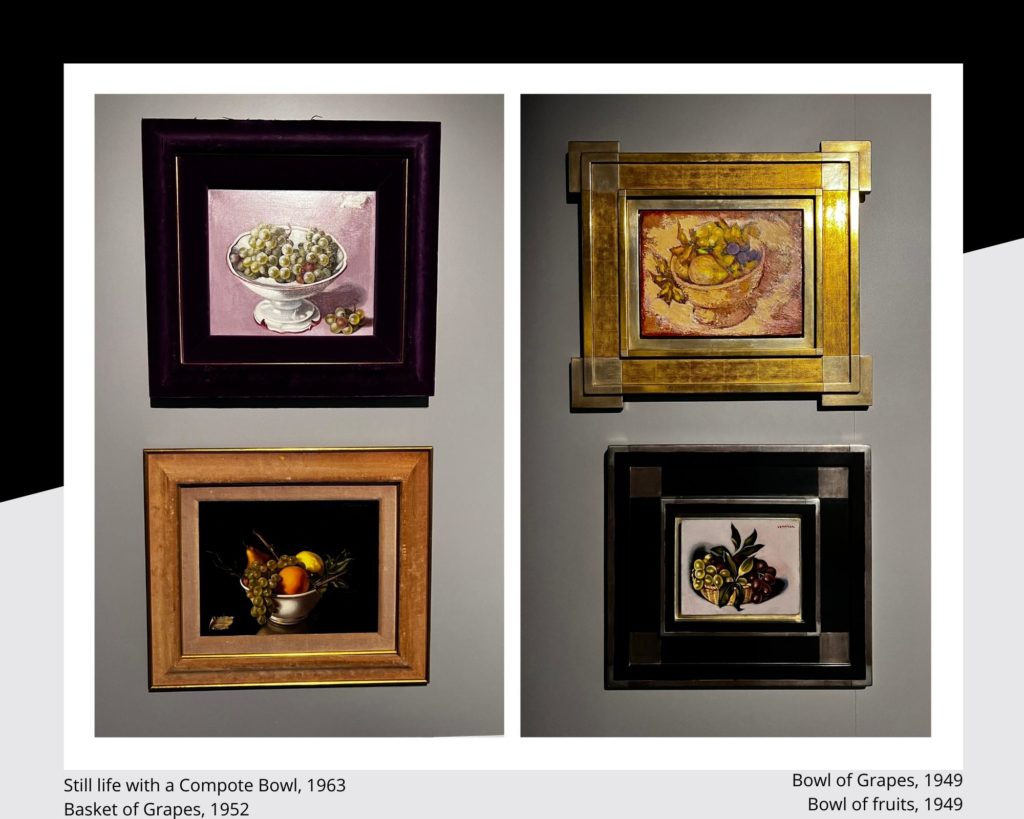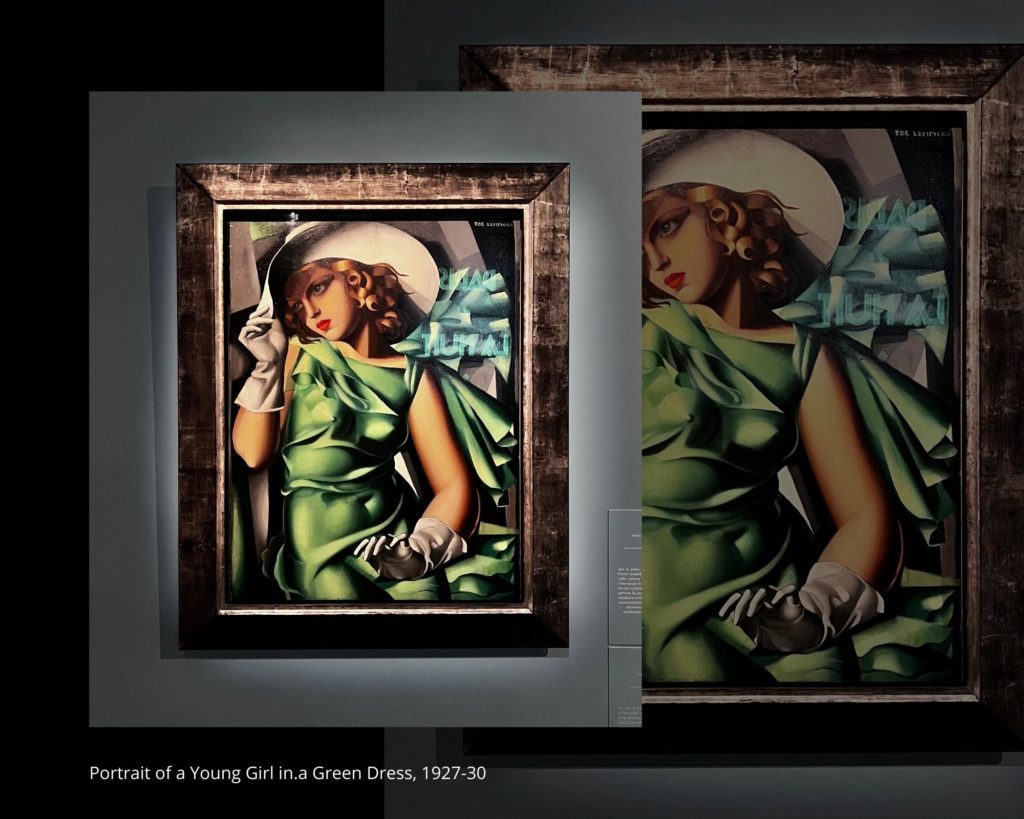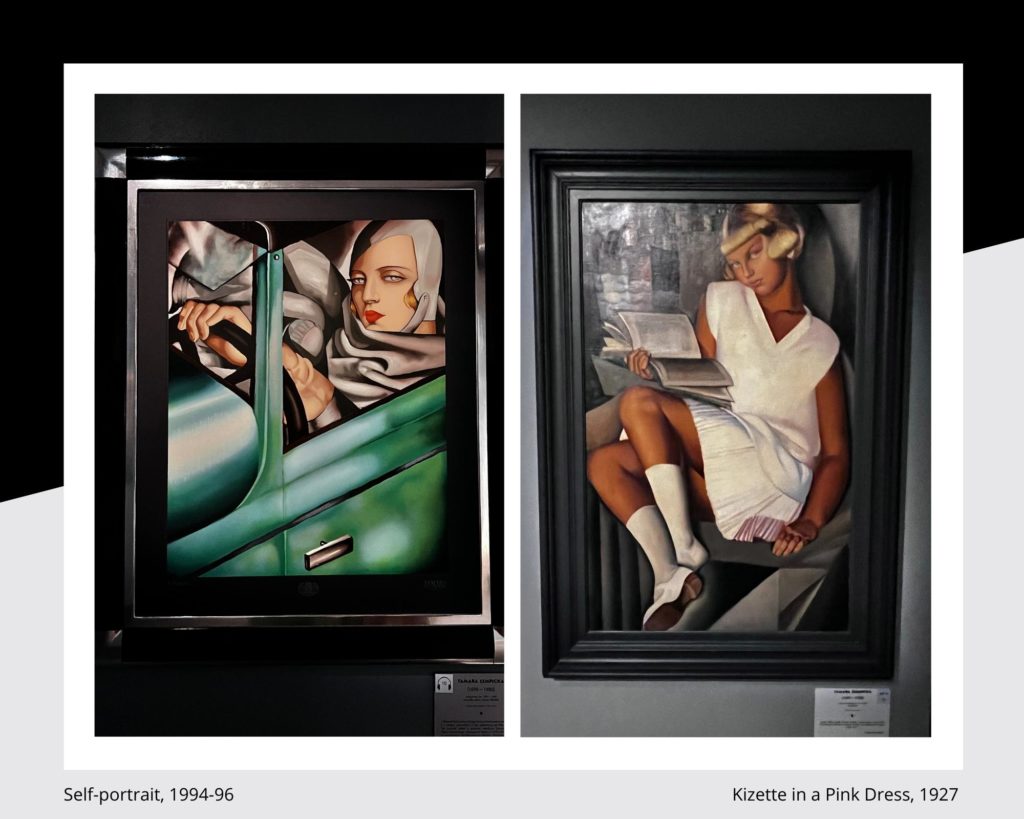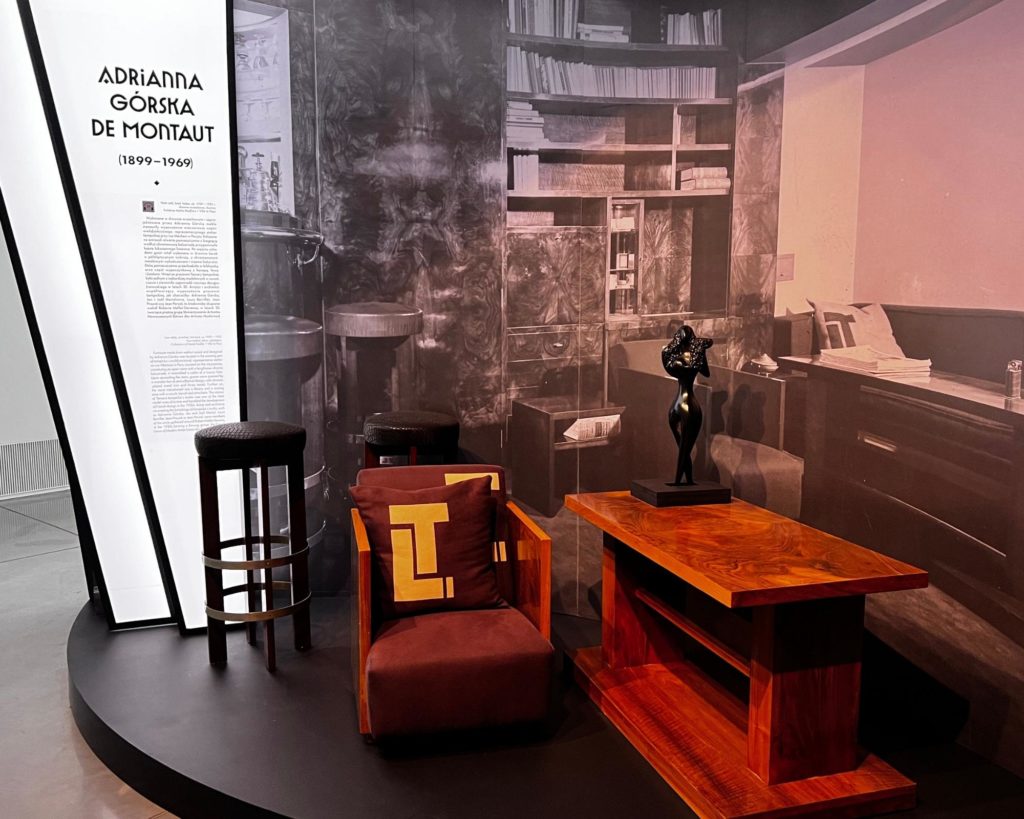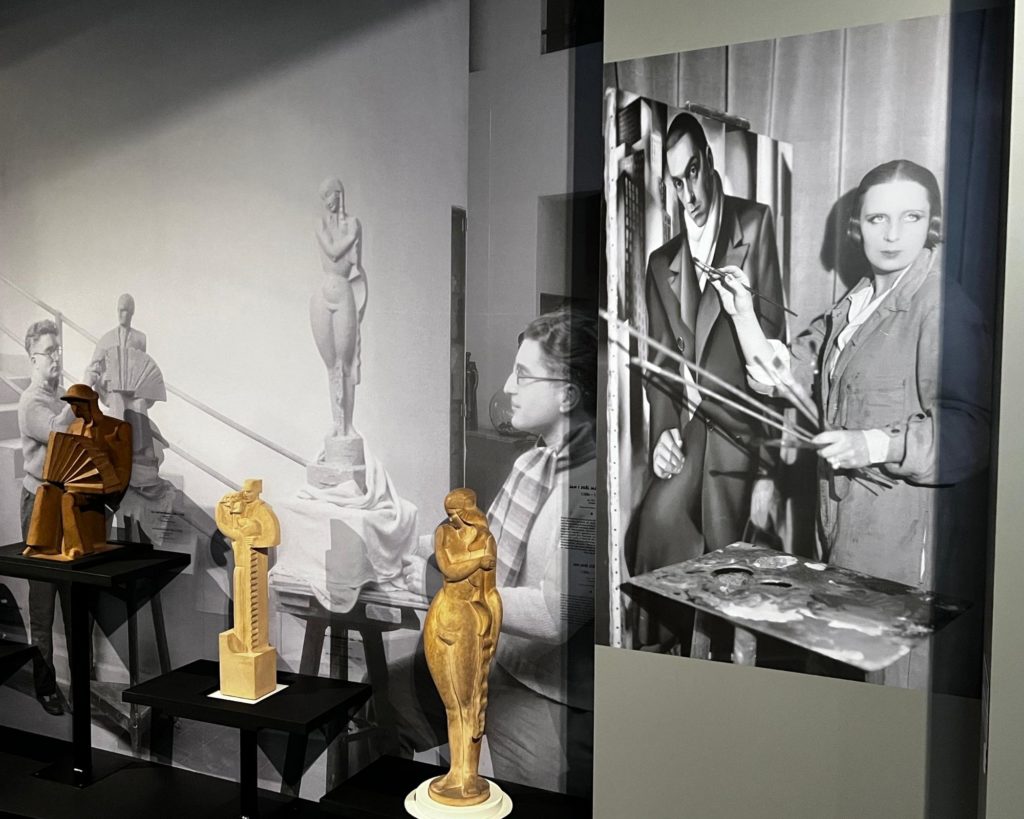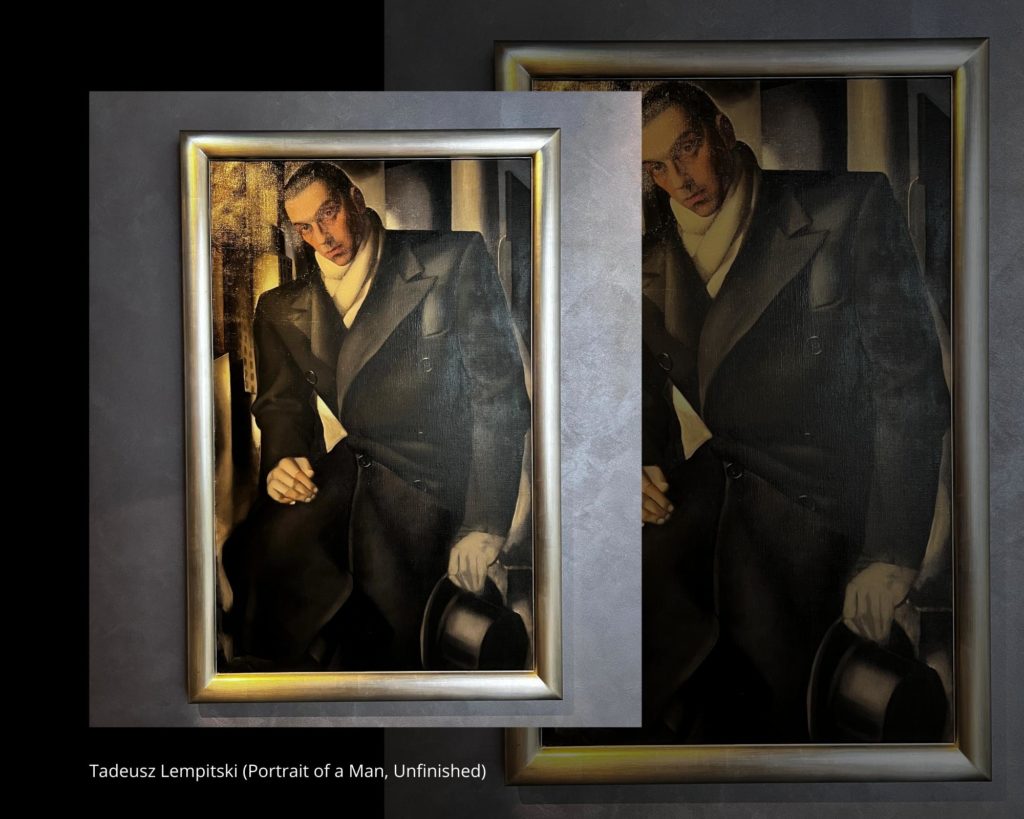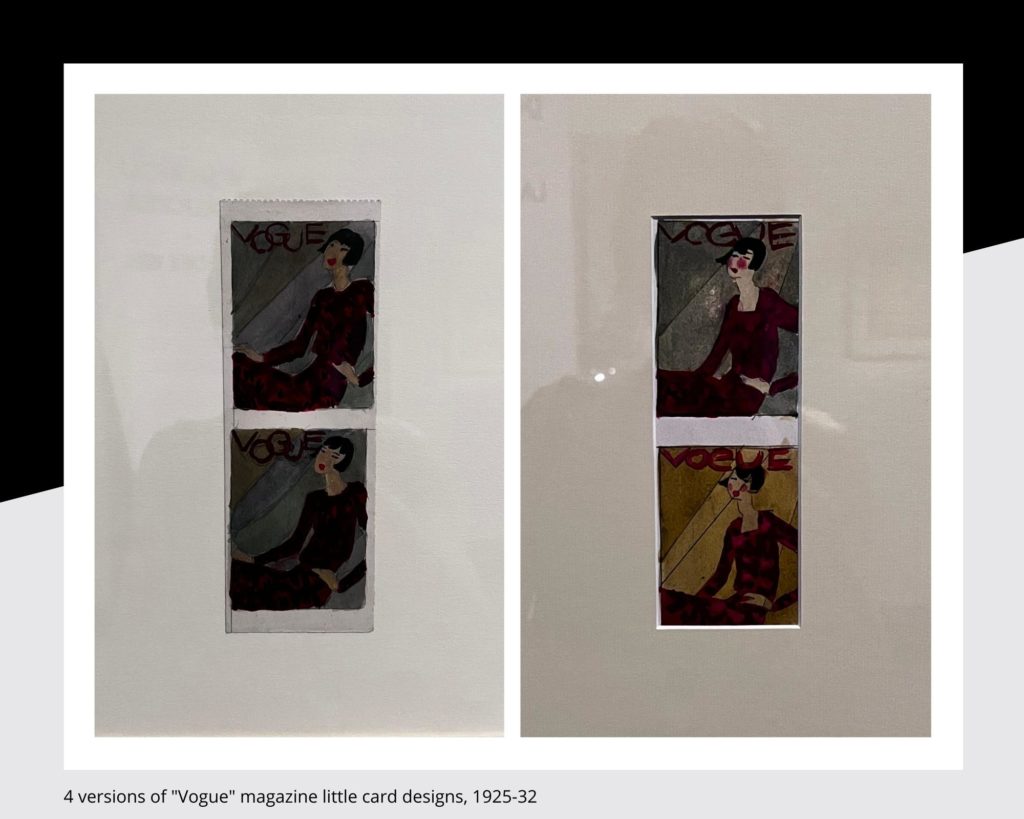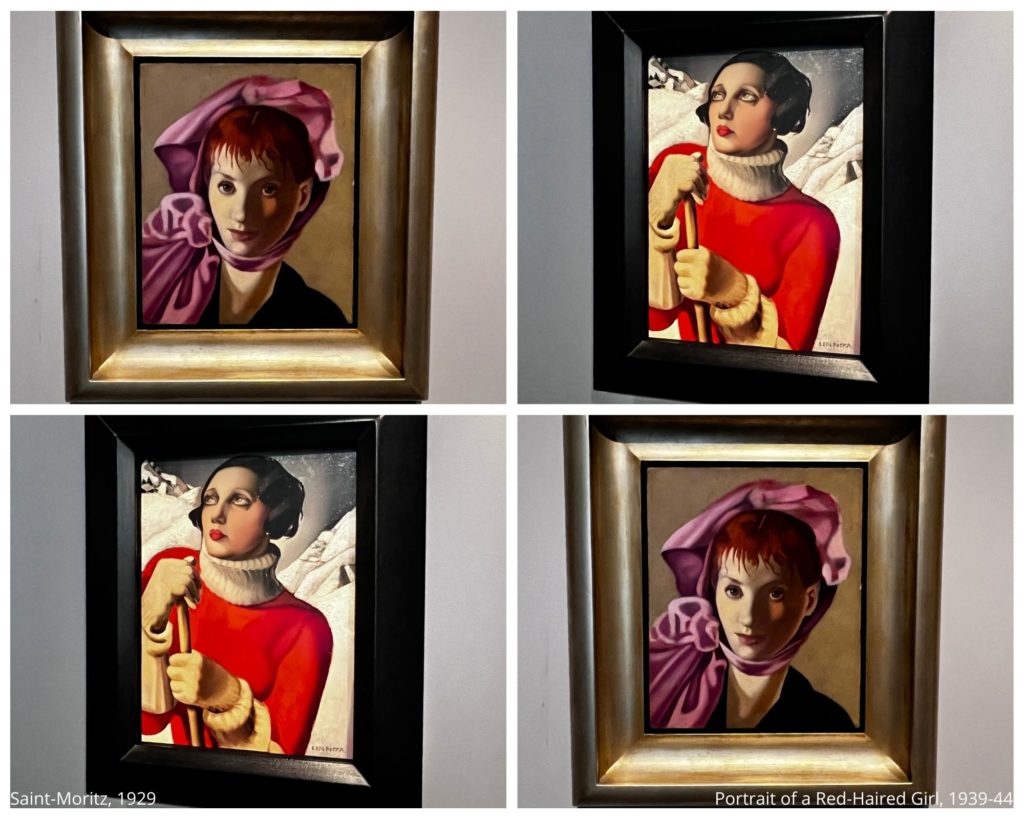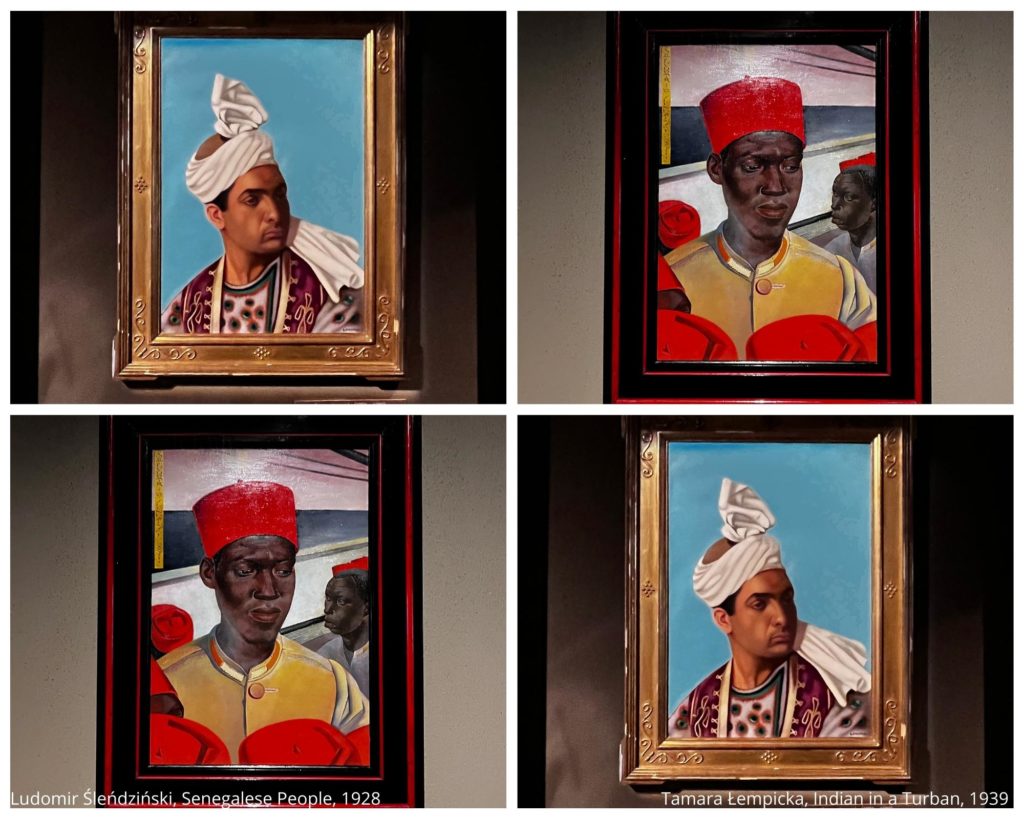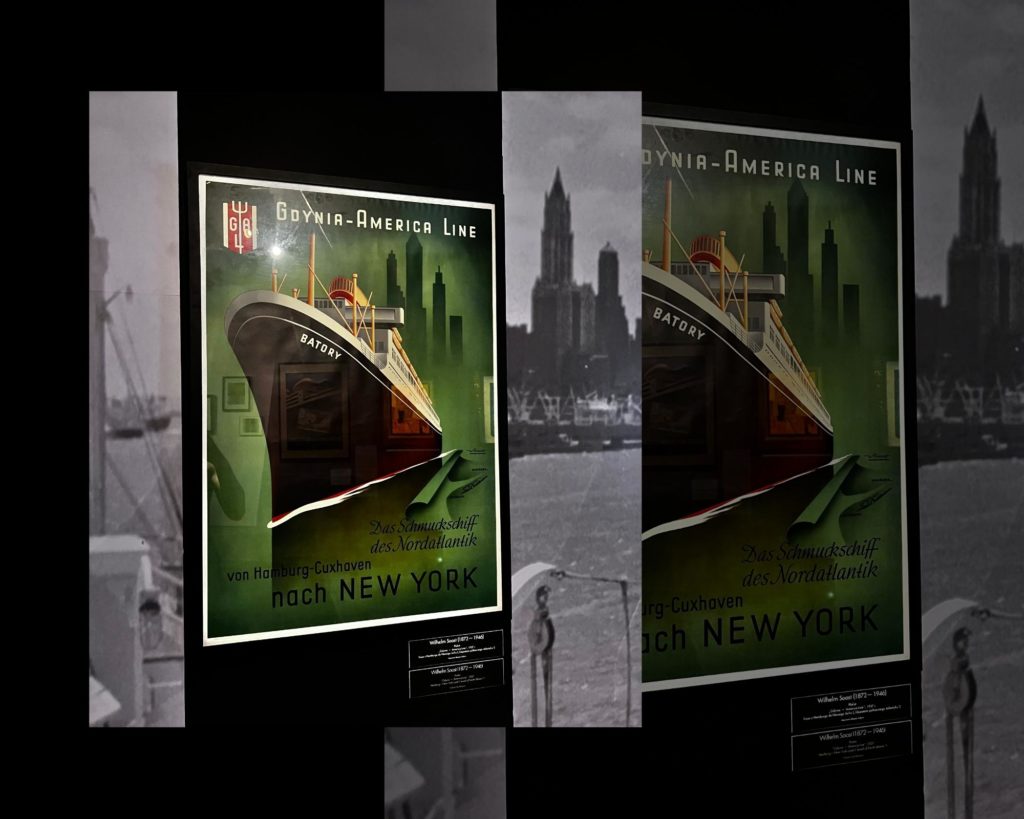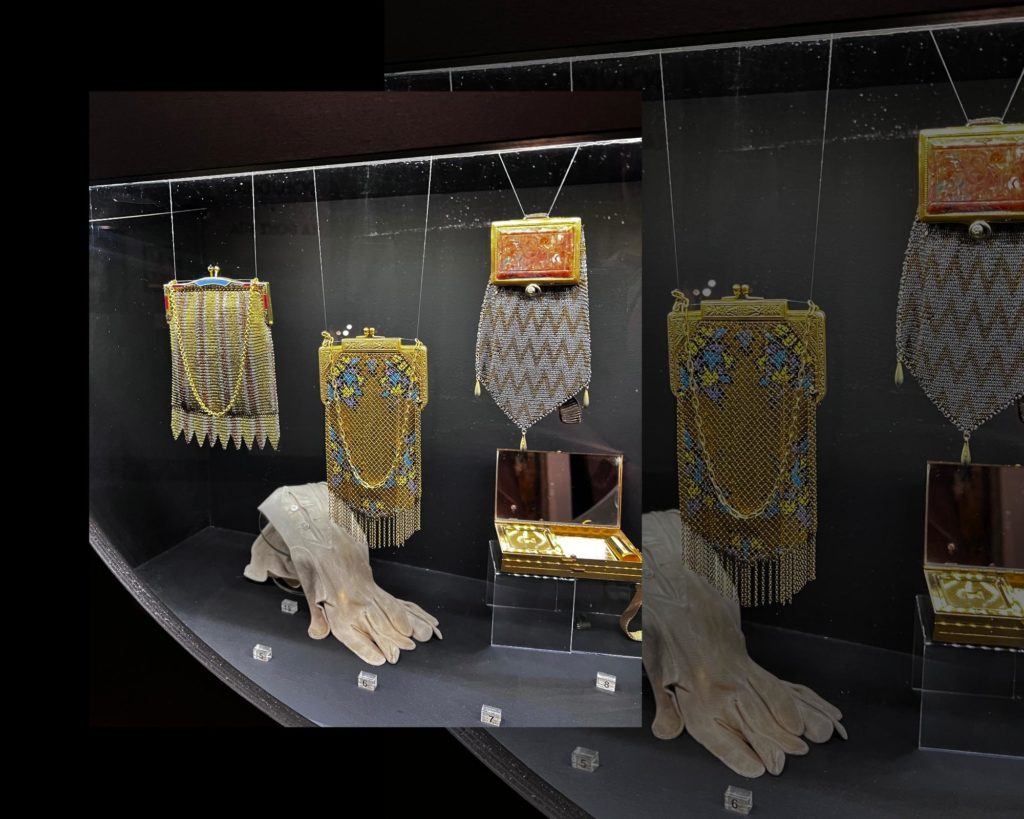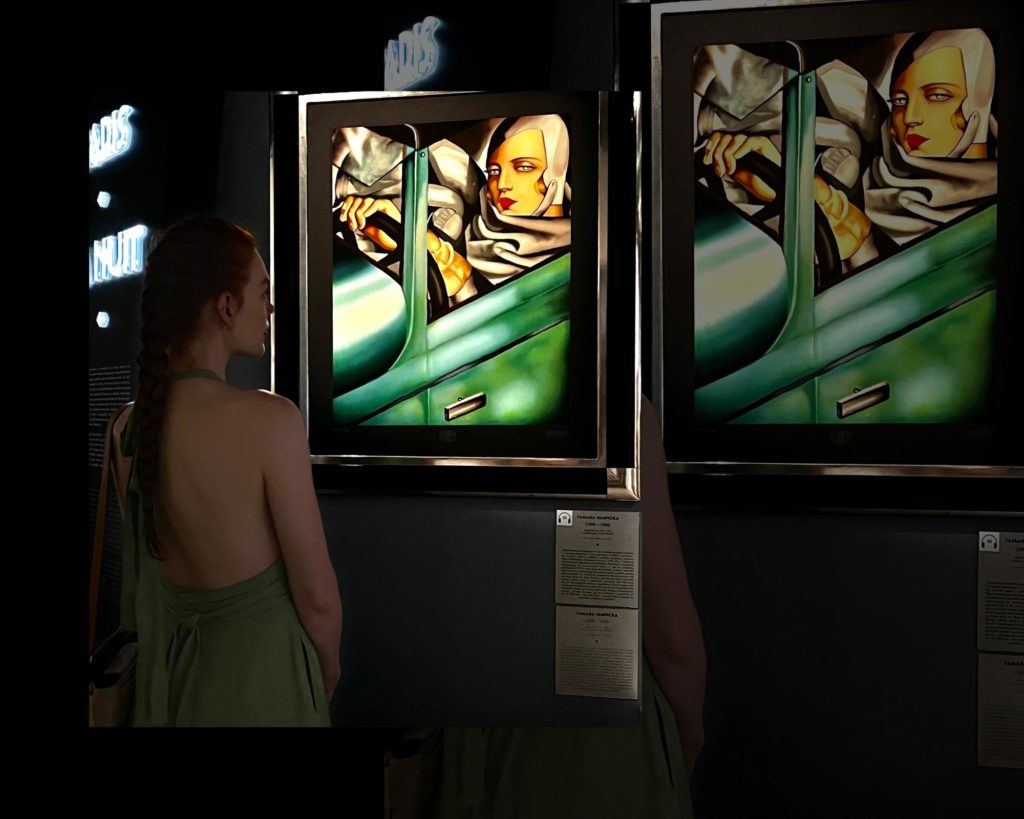Tamara Łempicka (1898 – 1980) – known as the Baroness with a Brush – created an image of a modern and independent woman of success, thanks to which she became an icon of her times with her name becoming recognizable both on the Old Continent and in the countries of both Americas. Tamara Łempicka, or rather Rozalia Gurwik-Górska, was probably born on 16 May 1898 in Warsaw, although both the date and the place of her birth remain dubious to this day. It is known that she spent her childhood years in luxury, and her parents moved in the company of wealthy families of Tsarist Russia. As a young lady, she received education at the girls boarding school in Lausanne, from where she often traveled to Poland, France, and Italy. The journeys to European capitals had helped her to learn the cultures of other countries and made Tamara sensitive to the art of the great masters. It was the visits to foreign museums that influenced the artist’s future work.
Even as a young girl, Tamara showed extraordinary artistic talent, quickly becoming proficient in drawing and watercolor. Thus, it is not surprising that at the age of 20 she became known as one of the most important representatives of Art Deco painting, characterized by classicizing geometrization and striving for synthetic capture of forms. In Paris, in the 1920s she emerged as a conscious artist using her artistic language, distinguished by solid drawing, expressive chiaroscuro, austere form, and sharp color, with which she dominated her portraits, nudes and still lives. As she underlined, for her, the most important aspect of painting was the Hellenistic concept of beauty, and as such: order, harmony, proportion, and rhythm. Throughout her life, Tamara Łempicka remained faithful to classical ideals, despite changes in styles and experiments with material, technique, form, and subject. Tamara’s life was inextricably linked to travel, filled with a mixture of romance, an irrepressible desire for happiness, intertwined with a constant fear of abandonment, loneliness, wartime anxiety, and wandering the world. Although she lived during turbulent times of political and socio. cultural changes, her unwavering determination and need o to succeed created a legend of her own. Tamara Łempicka created the figure of an artist of all time, and her skillful manipulation of the facts from her life, combined with elegance and inhale charm, made her able to charm everyone on her way.
The exhibition “Tamara Lempicka – a woman on a journey” is an invitation to the world of the 1920s and 1930s, 1o an extraordinary époque subordinated to the new style – Ari Déco. The works of art, inextricably linked with the artist’s life, presented in an environment of everyday objects – furniture, handicrafts, clothes, and machines – are to bring the viewer closer to the extraordinary life of Tamara Lempicka, one of the greatest artists of the 20″ century.
